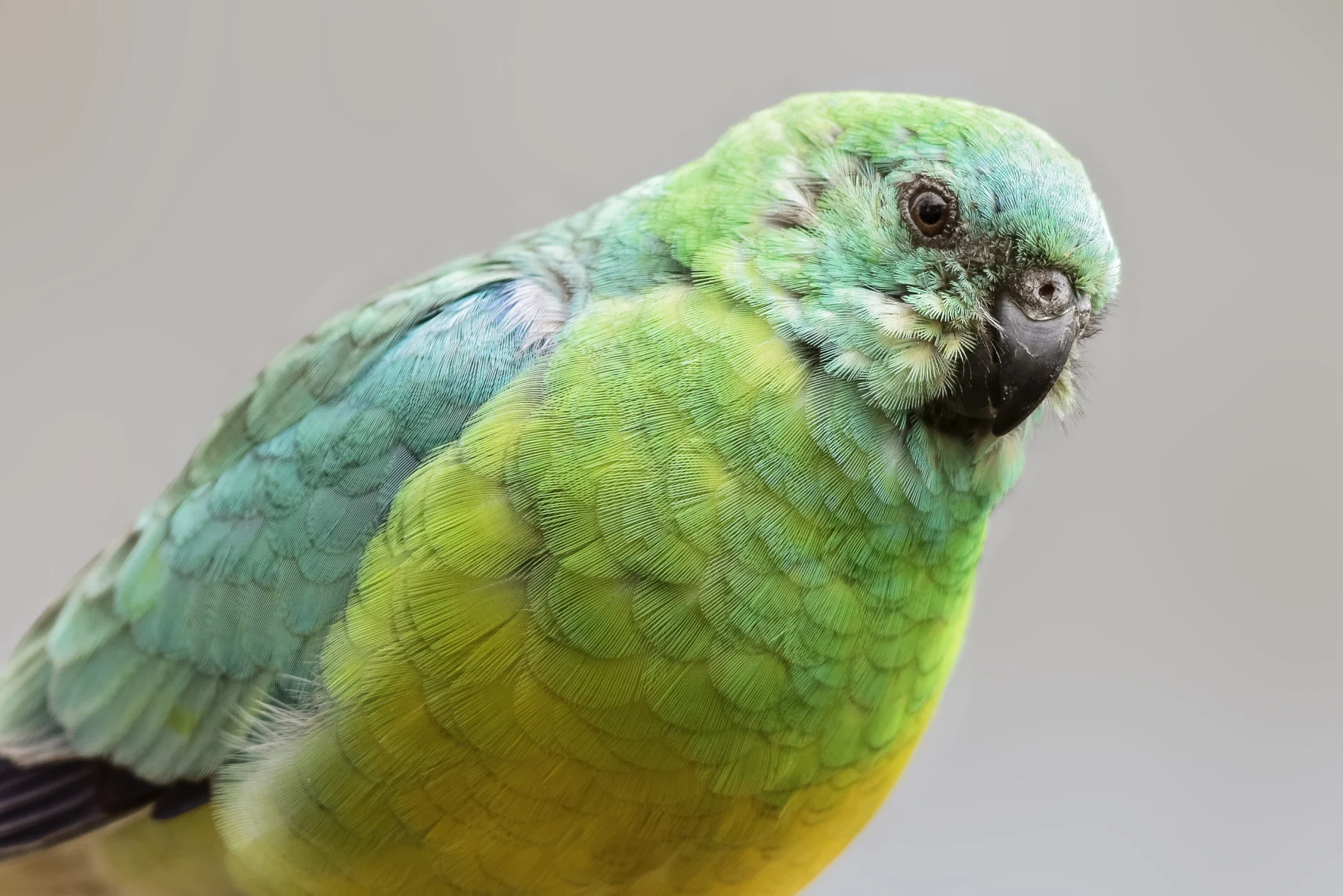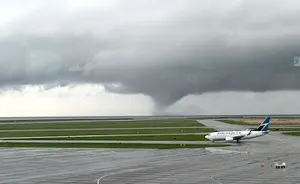
Scientists observe animals "shape-shifting" in response to climate change
Certain species are evolving with bigger ears, wings, and tails in response to warming global temperatures.
Several species are evolving at rapid speeds to cope with warming global temperatures, states a study published in Trends in Ecology & Evolution.
To learn more about these evolutionary changes, researchers from Deakin University in Australia studied over 30 warm-blooded animals. The scientists were particularly interested in investigating how appendages, such as beaks, ears, tails, and wings, are affected by warming temperatures because of a scientific principle known as Allen’s rule.
The study explains that Allen’s rule refers to the observation that animals in warmer climates have larger appendages so they can easily distribute their body heat. Larger appendages have a greater surface area than smaller ones, which makes it easier for the animal to release body heat and cool down.

A red-rumped grass parrot is one of the animals observed in the study that has seen its bill size increase. (Ondrej Prosicky/ iStock/ Getty Images Plus)
Their analysis revealed that relative to the animals’ body sizes, the bills of several Australian parrots have increased. The same observation was made on the wings of some Chinese bats, the tail length for some mice, and the tails and ears for certain swine species.
The study says these changes indicate “there is widespread evidence of ‘shape-shifting’ (changes in appendage size)” and that this phenomenon is associated with climate change. Warming temperatures are making it harder for the animals to maintain their body temperature, and the study says that the animals could experience a loss of normal body function or death if their temperatures exceed normal boundaries.

The study also observed that the bill size of Dark-eyed Juncos have increased. (Laura Dillivan/ EyeEm/ Getty Images)
"It means animals are evolving, but it does not necessarily mean that they are coping with climate change. We can see that some species have increased in appendage size so far, but we don't know if they will be able to keep up as the climate crisis worsens," Sara Ryding, one of the study authors, said in an interview with CNN.
"We also don't know whether these shape-shifts actually aid in survival (and therefore are beneficial) or not. This phenomenon of shape-shifting shouldn't be seen as a positive, but rather it is alarming that climate change is pushing animals to evolve like this, under such a relatively short time frame."
The study concludes that increasingly severe heat waves in and subsequent die-offs of certain populations will affect the genetic traits in the surviving animals, thus further contributing to the shape-shifting trend in certain species.
Thumbnail credit: Andrew Haysom/ iStock/ Getty Images Plus











